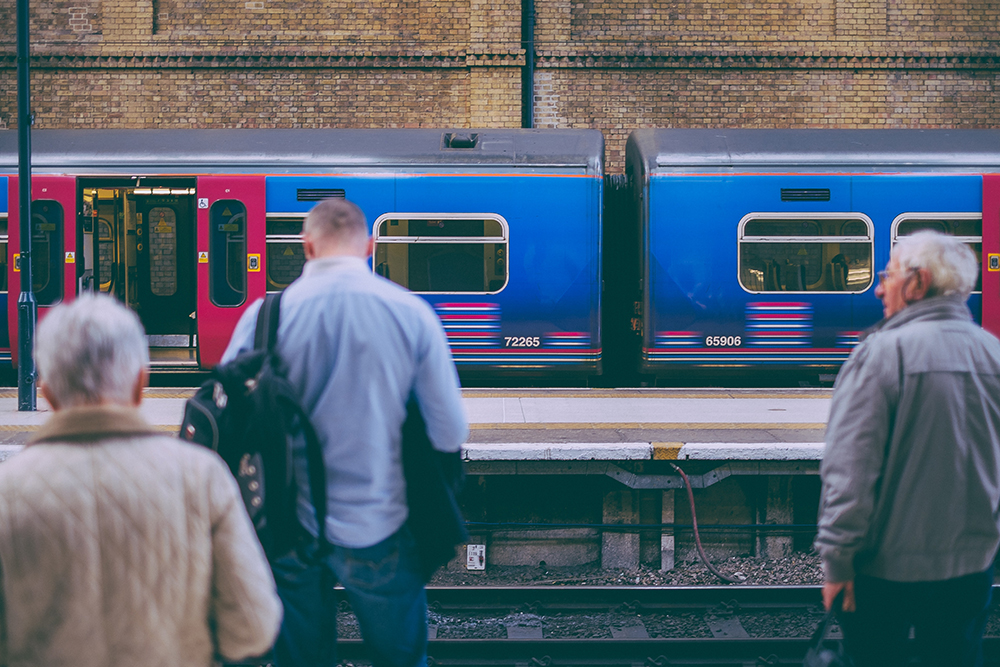A Quick Tip About Train Travel in Europe
/Photo by Callum Chapman on Unsplash
Europe is a continent well-connected by train, making it easy to hop from city to city or country to country. Between IC trains, locals, high-speed rail or Eurostar trains, you'll find yourself fairly spoiled for choice when it comes to riding the rails. It's also a great way to catch the scenery if you aren't in a massive hurry.
That being said, if you've never travelled by rail in Europe before and embark on this adventure, there's one quick tip I wanted to share that seems so simple on paper but can be totally overlooked.
Know the local name of the cities you're traveling through
In Italy, for example, if you're booking a train and looking at rail signs for the right connection, it won't be Rome to Florence listed, it'll be Roma to Firenze. Likewise Naples is Napoli. Trains are listed by their local country names, not the English names. Same in Germany, Munich is München, Cologne is Koln.
When purchasing tickets on sites like Rail Europe, they do the city translation for you, but on the ground it's a good idea to know the native language location names just in case so you're more prepared and have one less to worry about when it comes to travel logistics.
Photo by Hannes Wolf on Unsplash
Bonus tip: know when you need to reserve or not
In Europe, some trains won't require you to buy a reservation ahead of time to score a seat, but busier trains and high-speed ones likely will so do your homework. Example, I would absolutely book your ticket ahead of time for something like the Italian Frecciarossa or Frecciaargento, or trains along popular routes. With some of the local trains though, you likely won't need to and get a ticket at the station before boarding. But again, check. It's the difference between no ticket or having a ticket but no seat and let me tell as someone who ended up standing or sitting on their luggage from Dusseldorf to Heidelberg, it isn't entirely awesome.
Pin me!














